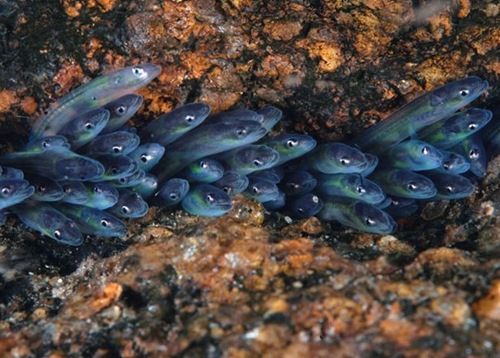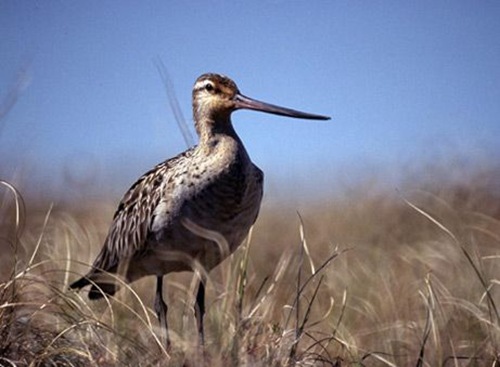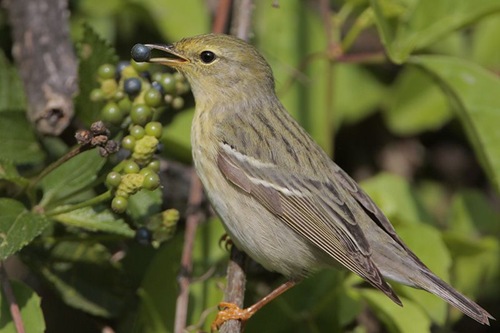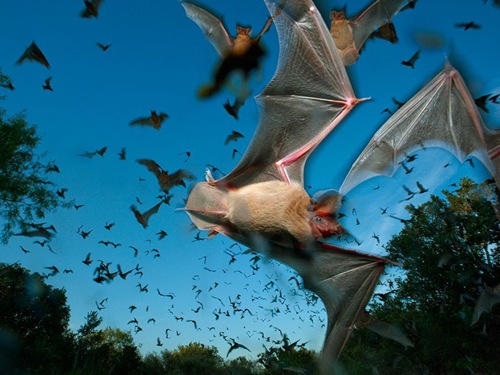
Eels, desert ants, and shorebirds are among the most impressive, expert says.
A house cat named Holly, which made news this week for trekking nearly 200 miles (320 kilometres) back to her hometown, isn't the only super-navigator in the animal kingdom.
"Any animal that comes back to the right place after a long travel, or comes back to the same place again and again following a major movement, is amazing," said Martin Wikelski, a migration expert at the Max Planck Institute. (Read about great animal migrations in National Geographic magazine.)
Many animals have a built-in magnetic system, "like a regular compass," said Wikelski, who is also a National Geographic emerging explorer. (National Geographic News is part of the National Geographic Society.)
However, much is still unknown about how animals navigate - for instance, no one can explain Holly's incredible journey, the New York Times reported.
But more and more research is pointing to the role of smell in navigation, Wikelski noted.
"It's one of the most important mechanisms to tell you where you are and lead you home."
Wikelski told us about five impressive navigators that he believes push the limits of what's possible.
1. Eels
These long, bony fish make epic, mysterious treks across entire oceans. The European eel, for example, is born in European rivers but travels all the way to the Sargasso Sea (map), a distance of thousands of miles, to spawn. The baby eels then return to European rivers and, once it's time for them to spawn, follow their parents' path to very same place in the Sargasso Sea. "Nobody really knows how they do it," Wikelski said.
2. Bar-Tailed Godwit
This shorebird can fly in one go from its Alaska breeding grounds across the entire globe to New Zealand. In 2007, a female bar-tailed godwit got a feather in its cap for the longest nonstop bird migration ever measured - 7,145 miles (11,500 kilometres) from Alaska to New Zealand. The bird completed the journey in just nine days, according to biologists who tracked the flight using satellite tags.
3. Blackpoll Warbler
This North American forest dweller has figured out an express way of getting to its winter refuge in Venezuela, Wikelski said. The bird fattens itself up before snagging a ride on a trade wind, sailing from the northeastern U.S. to South America in a hundred hours - entirely over the open ocean. "That's completely crazy," he said. On the way back home, the bird takes the more scenic route, stopping on land to rest and refuel.
4. Mexican Free-Tailed Bat
These flying mammals are common in Texas, where they form colonies in the millions. Wikelski, who was involved in a tracking study of the bats, discovered that they can fly up to 40 miles (70 kilometres) from their home caves in search of moths or mosquitoes. "At some point they turn around and…basically know how to find [their way] back," Wikelski said. Evidence suggests the animals use both landmarks and the smell of their fellow cave bats to point them home. (See bat videos.)
5. Sahara Desert Ant
These insects travel relatively long distances - up to 0.3 mile (0.5 kilometre) - from their central nest sites to search for food. Even though the ants run chaotically in many directions, they remember exactly how far they've gone by counting their steps, as well as navigating via polarized light patterns from the sun, Wikelski said. Finding their way back home is critical for these desert denizens - if they stay outside too long, they'll get fried in the sun.
These are just a sampling of incredible animals on the move. What other animal navigators have you observed? Tell us your stories in comments and we'll showcase the best ones.
Related Posts:






No comments:
Post a Comment
Please adhere to proper blog etiquette when posting your comments. This blog owner will exercise his absolution discretion in allowing or rejecting any comments that are deemed seditious, defamatory, libelous, racist, vulgar, insulting, and other remarks that exhibit similar characteristics. If you insist on using anonymous comments, please write your name or other IDs at the end of your message.